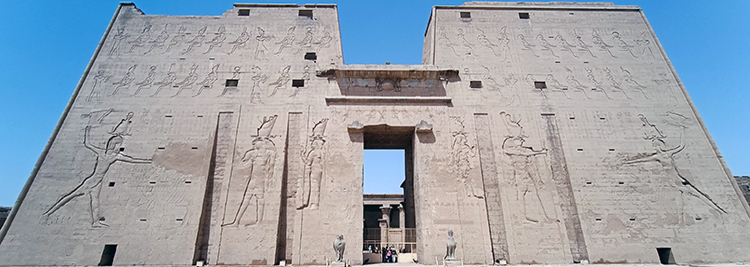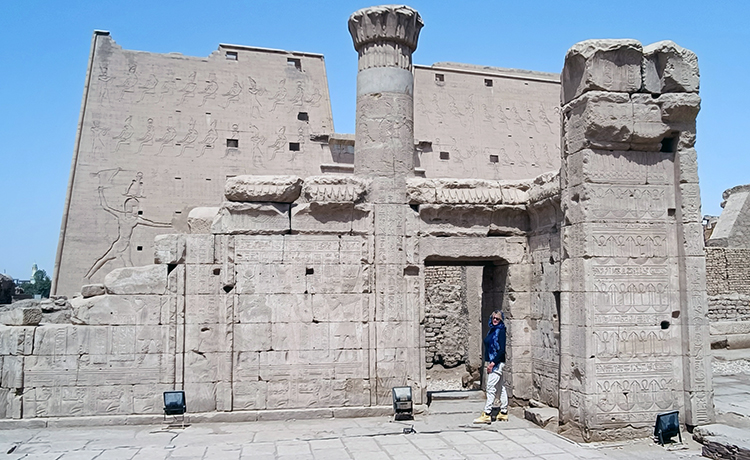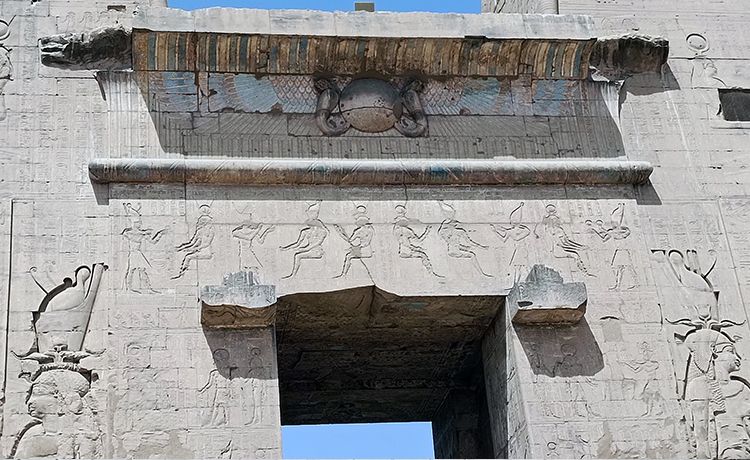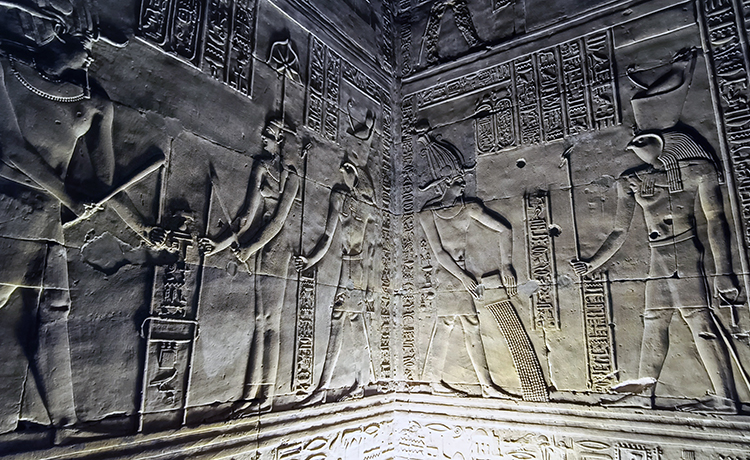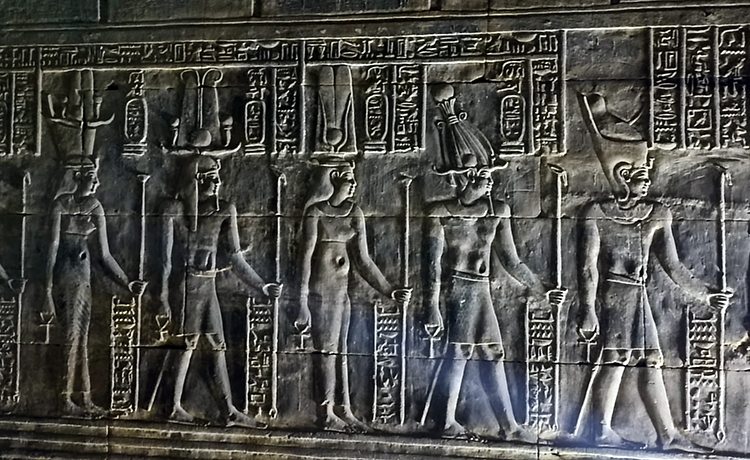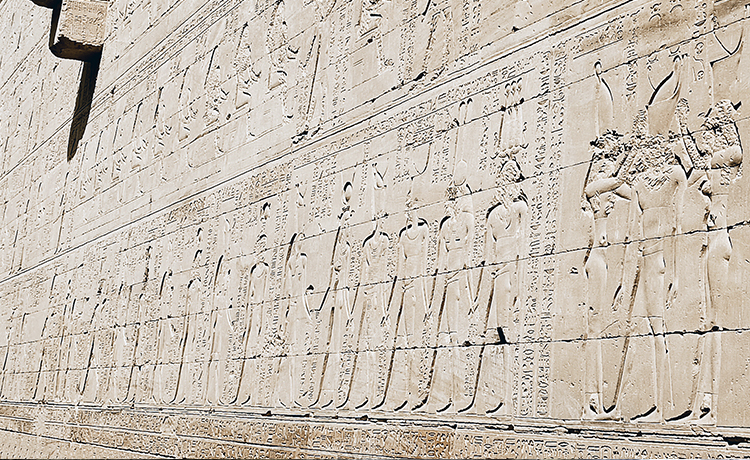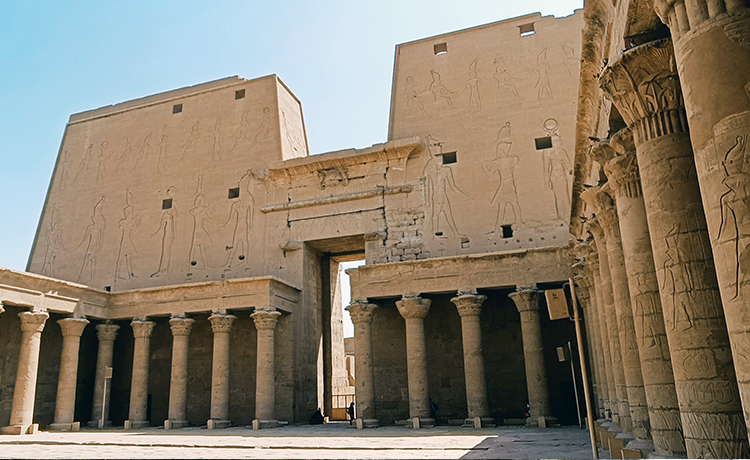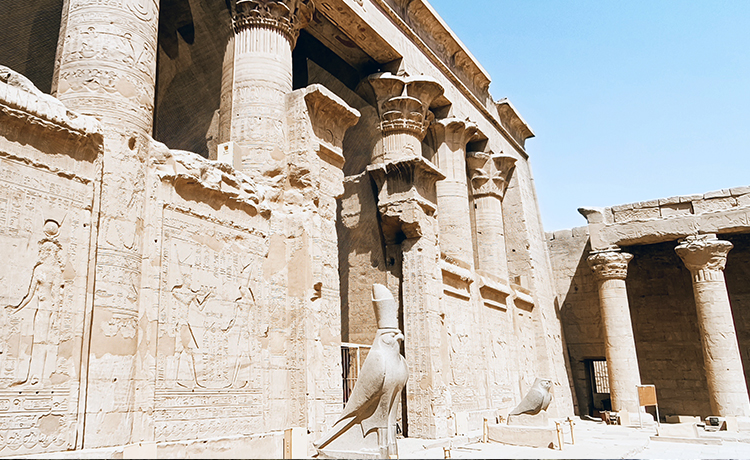Discovering Edfu: Unveiling The Ancient Temple Complexes Of Egypt
Nestled on the west bank of the Nile River, Edfu boasts some of the most remarkable ancient temple complexes in all of Egypt. As you step foot into this historical city, you are transported back in time to a world where gods and pharaohs reigned supreme. At the heart of Edfu lies the magnificent Temple of Horus, dedicated to the falcon-headed god.
This exceptionally well-preserved structure is an awe-inspiring testament to ancient Egyptian architecture. Its towering entrance pylon welcomes visitors into a vast courtyard adorned with intricate hieroglyphics and colossal statues. Beyond the grandeur of its exterior, exploring the temple's inner sanctums is like unraveling a captivating story etched in stone. Marvel at beautifully preserved reliefs depicting mythical battles and ceremonial rituals that offer insights into ancient Egyptian religious beliefs.
As you venture deeper into Edfu's temple complex, you will encounter smaller chapels and chambers that once served as sacred spaces for various rituals. The ambiance within these hidden corners exudes an ethereal energy that transports visitors to a bygone era. Edfu's allure extends beyond its main temple complex; it is also home to an array of archaeological sites waiting to be explored.
The Magnificent Temple Of Horus: A Must-Visit Attraction In Edfu
The magnificent Temple of Horus stands as a testament to the grandeur and power of ancient Egypt. Located in the city of Edfu, this temple is one of the most well-preserved structures from the pharaonic era and is considered a must-visit attraction for anyone exploring ancient Egyptian history. Built during the Ptolemaic period between 237 and 57 BCE, the Temple of Horus is dedicated to Horus, the falcon-headed god known as the protector of kingship.
As you approach this awe-inspiring monument, you will be greeted by two colossal statues of Horus guarding its entrance. These massive stone figures give visitors a glimpse into the artistic skills and craftsmanship of ancient Egyptians. Once inside, you will be mesmerized by the temple's intricate reliefs and stunning hieroglyphs that adorn its walls. These detailed carvings depict scenes from ancient myths and religious rituals, offering valuable insights into Egyptian beliefs and traditions.
As you explore further into this architectural marvel, you will encounter various chambers and halls that once served different ceremonial purposes. The hypostyle hall with its towering columns is particularly impressive, showcasing the mastery of ancient Egyptian engineering.
Exploring The Rich History And Intricate Architecture Of The Temple Of Horus
The Temple of Horus, located in Edfu, is one of the most remarkable ancient Egyptian temples that have survived to this day. Dedicated to the falcon-headed god Horus, this temple offers visitors a unique opportunity to delve into the rich history and intricate architecture of ancient Egypt. Constructed during the Ptolemaic period between 237 and 57 BCE, this temple stands as a testament to the impressive engineering skills and artistic mastery of its builders.
The imposing entrance pylon welcomes visitors with its colossal statues depicting Horus as a falcon, guarding the sacred sanctuary within. As you enter through the towering gateways, known as pylons, you are instantly transported back in time. The walls are adorned with detailed reliefs depicting various religious scenes and rituals that shed light on ancient Egyptian beliefs and practices. These carvings provide valuable insights into their culture, mythology, and way of life.
The central courtyard houses an expansive hypostyle hall with towering columns adorned with intricate hieroglyphics. Here, visitors can witness firsthand how ancient architects combined aesthetics with structural stability in their designs.
Unearthing The Secrets Of Edfu: The Sacred Connection To The Goddess Hathor
Amongst the many ancient Egyptian cities, Edfu stands as a remarkable testament to the rich history and religious significance of this extraordinary civilization. Nestled on the west bank of the Nile River, Edfu boasts an array of captivating attractions that transport visitors back in time, none more intriguing than its sacred connection to the goddess Hathor. Hathor, one of ancient Egypt's most revered deities, was worshipped as the goddess of love, beauty, and joy.
Her temple in Edfu is one of the best-preserved structures from antiquity and offers invaluable insights into ancient Egyptian culture and spirituality. The temple's grand entrance reveals intricate hieroglyphics and captivating reliefs that depict various mythological scenes involving Hathor. Exploring its inner sanctum further unravels secrets hidden within its walls. Intriguing depictions showcase rituals dedicated to Hathor's veneration, while sacred chambers provide glimpses into her cult practices.
Visitors can witness awe-inspiring statues and carvings representing this divine goddess throughout the temple complex. The presence of a colossal statue depicting Horus, Hathor's son, further emphasizes their profound connection.
Immerse Yourself In Ancient Egyptian Mythology: The Significance Of Goddess Hathor At Edfu
When visiting the enchanting city of Edfu in Egypt, one cannot overlook the profound mythology that permeates its ancient temples. Among the deities worshipped by the ancient Egyptians, Goddess Hathor holds a special place at the Temple of Edfu. Immerse yourself in the rich tapestry of Egyptian mythology as you explore this magnificent site. Hathor, often depicted with cow horns and a solar disk, was revered as the goddess of love, beauty, music, and joy.
She was also associated with fertility and motherhood. At Edfu Temple, dedicated to her worship, you will find captivating reliefs and statues depicting Hathor's divine presence. As you enter this sacred space, take a moment to absorb the intricate details that adorn every corner. The walls are adorned with elaborate scenes showcasing Hathor's role as a protector and nurturer. Witness her nurturing embrace as she cradles pharaohs or guides them through their spiritual journey.
As you wander through the temple's halls, let your imagination transport you back to a time when gods and goddesses walked among mortals.


